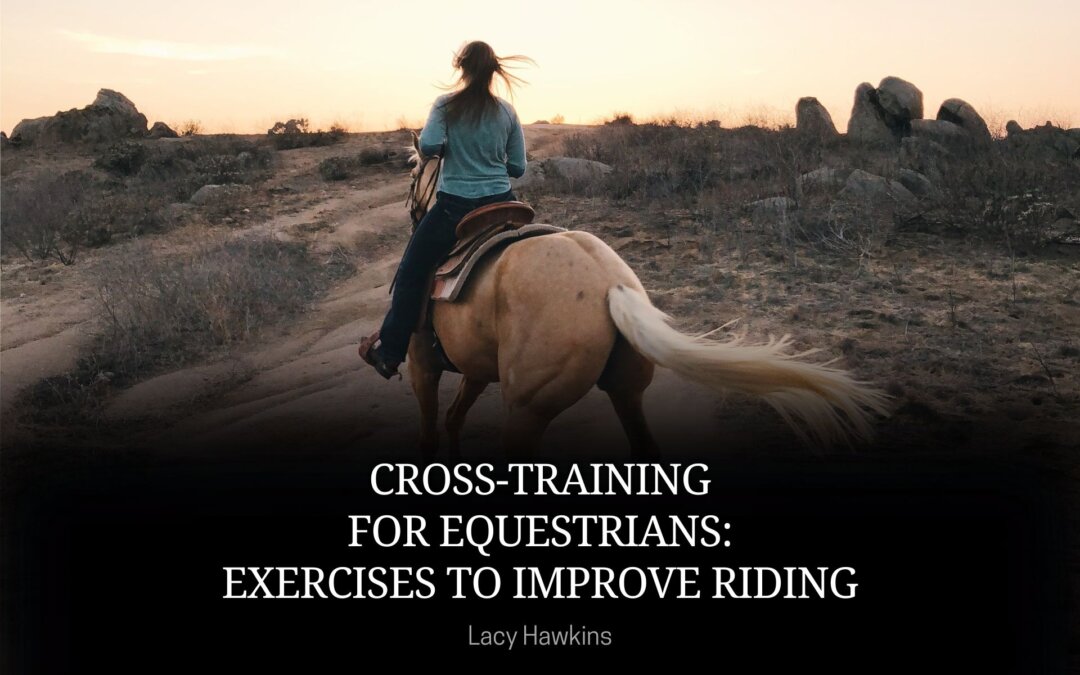Cross-training is a concept that’s well-known in the world of sports and fitness, but it’s not often associated with equestrian activities. However, cross-training can be a valuable tool for equestrians looking to improve their riding skills. By incorporating various exercises and activities into their training regimen, equestrians can enhance their strength, balance, and flexibility, which are crucial components of effective riding.
Core Strength
One of the primary benefits of cross-training for equestrians is improving core strength. Riding requires a strong and stable core, as it helps riders maintain proper posture and balance in the saddle. Exercises like planks, Russian twists, and stability ball exercises can target the core muscles and help riders develop the strength they need to stay in control while on horseback.
Balance
Balance is another critical aspect of successful riding, and cross-training can help equestrians refine their balance skills. Activities such as yoga, Pilates, and stand-up paddleboarding can improve overall balance, which is essential for maintaining a centered and controlled position on the horse.
Strength
Equestrians can engage in strength training exercises. Squats, lunges, and deadlifts can build leg and lower back strength, which is essential for staying secure in the saddle and maintaining proper leg position. Strength training can also help riders avoid fatigue during long rides, reducing the risk of injury.
Cardiovascular Fitness
Cardiovascular fitness is often overlooked in equestrian training, but it plays a significant role in endurance riding and overall performance. Running, cycling, or swimming can boost cardiovascular fitness, improving riders’ ability to endure long hours in the saddle.
Cross Training
Incorporating cross-training exercises into an equestrian’s routine doesn’t mean abandoning the saddle; instead, it complements riding by targeting areas that may not receive as much attention during horseback training. These exercises can also provide riders with a well-rounded fitness foundation, helping them feel more confident and in control when they’re on their horses.
Beyond physical benefits, cross-training can also have mental and emotional advantages for equestrians. It provides variety in their training routines, preventing boredom and burnout. Trying new activities and setting fitness goals can boost motivation and enthusiasm for riding. Moreover, cross-training can promote a sense of accomplishment, as riders can track their progress and see improvements in their strength, balance, and overall fitness.
Equestrians need to approach cross-training with a well-rounded perspective, focusing on exercises and activities that support their riding goals. Combining strength training, balance work, cardiovascular exercise, and flexibility routines can help equestrians develop the physical and mental skills necessary for successful riding.
Cross-training for equestrians is a valuable tool for improving riding skills. By incorporating various exercises and activities into their training regimen, equestrians can enhance their core strength, balance, flexibility, strength, cardiovascular fitness, and overall well-being. These benefits not only improve riding performance but also promote a sense of accomplishment and motivation. Cross-training can be a transformative approach to equestrian training, leading to safer, more comfortable, and more enjoyable rides for both horse and rider.
